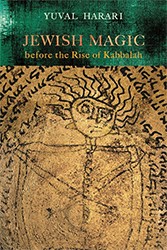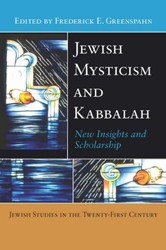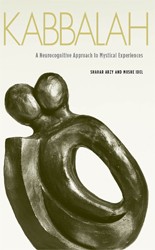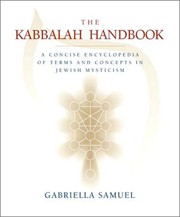Ilanot―parchment sheets presenting the kabbalistic “tree of life”―have been at the center of Jewish mystical practice for the past seven hundred years. Written by leading ilanot expert J. H. Chajes, The Kabbalistic Tree is a comprehensive and gorgeously illustrated history of these arboreal “maps of God.”
This book documents when, where, and why Jews began to visualize and to draw the mystical shape of the Divine as a Porphyrian tree. At once maps, mandalas, and memory palaces, ilanot provided kabbalists with diagrammatic representations of their structured image of God. Scrolling an ilan parchment in contemplative study, the kabbalist participated mimetically in tikkun, the development and perfection of Divinity. Chajes reveals the complex lore behind these objects. His survey begins with the classical ilanot of pre-expulsion Spain, Byzantine Crete, Kurdistan, Yemen, and Renaissance Italy. A close examination of the ilanot inspired by the Kabbalah taught by R. Isaac Luria in sixteenth-century Safed follows, and Chajes concludes with explorations of modern ilan amulets and printed ilanot. With attention to the contexts of their creation and how they were used, The Kabbalistic Tree investigates ilanot from collections around the world, including forty from the incomparable Gross Family Collection.





